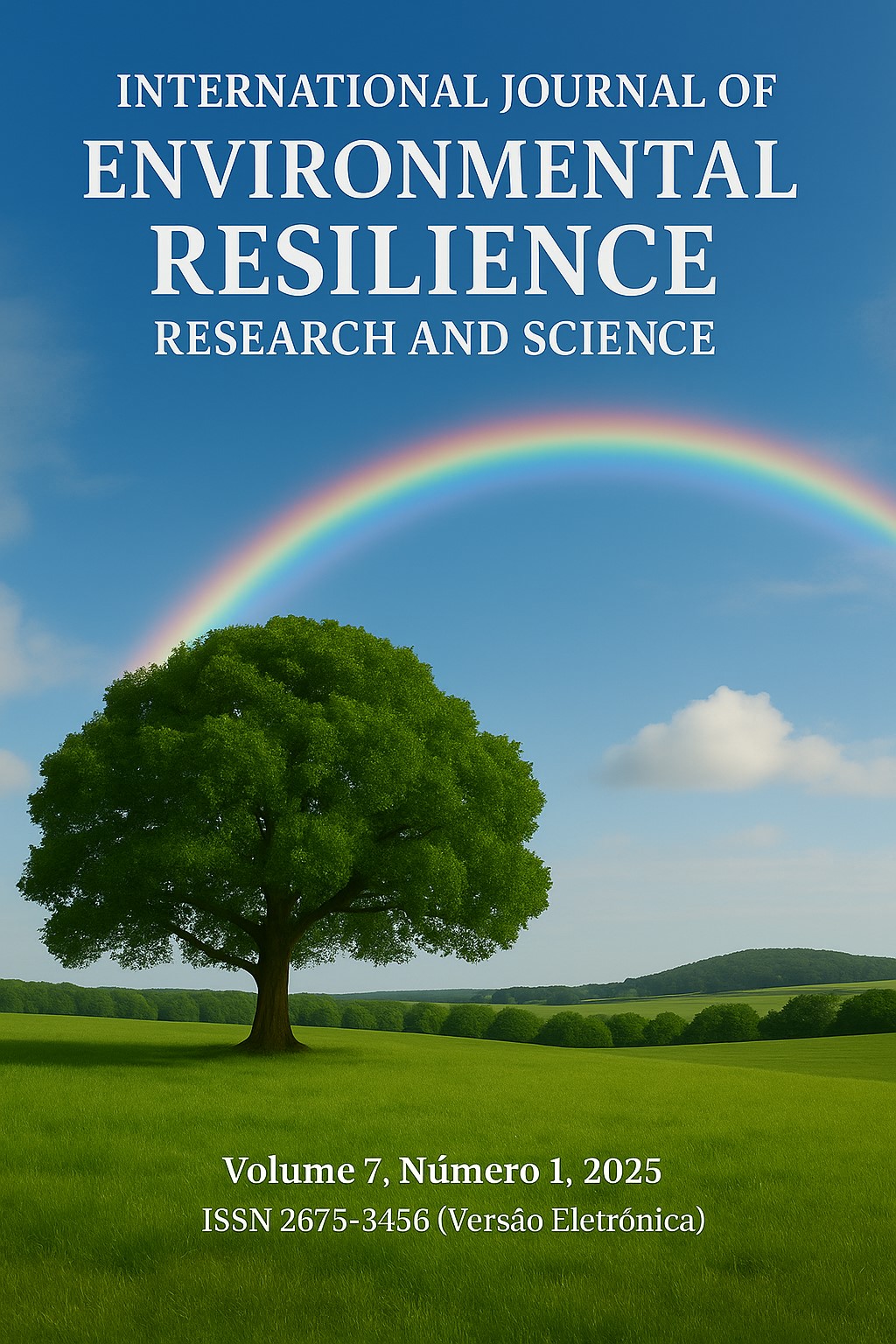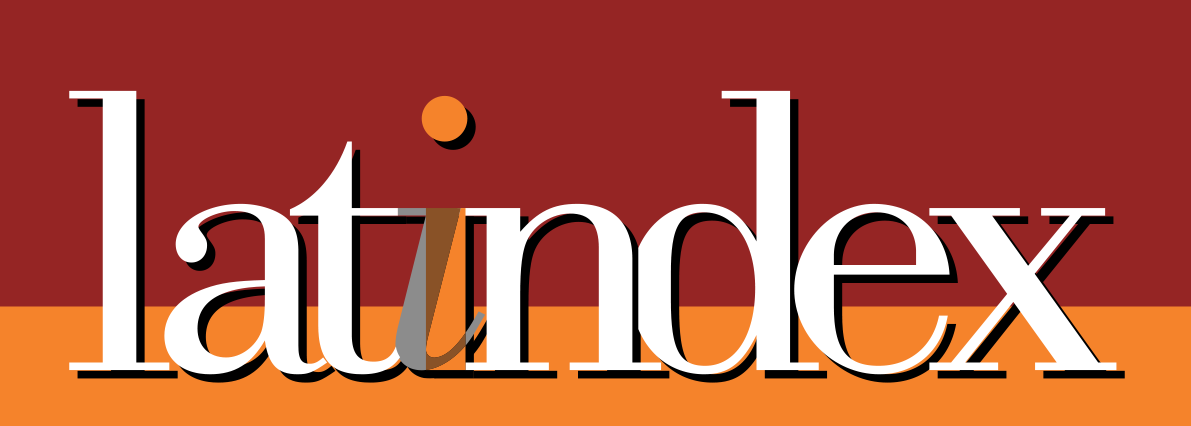Desastres na Bacia do Alto Paraguai - BAP: mapeamento estratégico de risco abrangendo Pantanal e Chaco
DOI:
https://doi.org/10.48075/ijerrs.v7i1.34266Resumen
Os eventos climáticos extremos são caracterizados por condições meteorológicas significativamente divergentes das médias usuais, podendo causar grandes impactos em áreas urbanas e rurais. Na Bacia do Alto Paraguai (BAP), esses eventos vêm se intensificando, afetando ecossistemas como o Pantanal e o Chaco. Este estudo objetivou quantificar o risco de desastres na região, utilizando geotecnologias como ferramenta para mitigação de impactos e gestão de risco. A metodologia empregada baseou-se na equação de risco de Marcelino et al. (2006), que considera fatores como densidade demográfica, pobreza, população dependente e o índice de desenvolvimento humano (IDHM). Os dados foram processados no software QGIS (QGIS Development Team, 2024) e os resultados foram classificados em cinco níveis de risco, variando de muito baixo a muito alto. Os resultados revelaram diferenças significativas entre os Estados que compõem a BAP. No Mato Grosso, 43% dos municípios apresentaram risco muito baixo, enquanto 4% estavam na faixa de muito alto risco. Em Mato Grosso do Sul, 24% dos municípios apresentaram risco muito baixo e 6% estavam em risco muito alto. Ao se analisar a BAP como um todo, 31% dos municípios estavam em risco muito baixo, enquanto 4% enfrentavam risco muito alto.
Descargas
Publicado
Cómo citar
Número
Sección
Licencia
Derechos de autor 2025 Revista Internacional de Investigación y Ciencia de la Resiliencia Ambiental

Esta obra está bajo una licencia internacional Creative Commons Atribución-NoComercial-CompartirIgual 4.0.
Aviso de Direito Autoral Creative Commons
Política para Periódicos de Acesso Livre
Autores que publicam nesta revista concordam com os seguintes termos:
1. Autores mantém os direitos autorais e concedem à revista o direito de primeira publicação, com o trabalho simultaneamente licenciado sob a Licença Creative Commons Attribution que permite o compartilhamento do trabalho com reconhecimento da autoria e publicação inicial nesta revista.2. Autores têm autorização para assumir contratos adicionais separadamente, para distribuição não-exclusiva da versão do trabalho publicada nesta revista (ex.: publicar em repositório institucional ou como capítulo de livro), com reconhecimento de autoria e publicação inicial nesta revista.
3. Autores têm permissão e são estimulados a publicar e distribuir seu trabalho online (ex.: em repositórios institucionais ou na sua página pessoal) a qualquer ponto antes ou durante o processo editorial, já que isso pode gerar alterações produtivas, bem como aumentar o impacto e a citação do trabalho publicado (Veja O Efeito do Acesso Livre).
Licença Creative Commons
Esta obra está licenciada com uma Licença Creative Commons Atribuição-NãoComercial-CompartilhaIgual 4.0 Internacional, o que permite compartilhar, copiar, distribuir, exibir, reproduzir, a totalidade ou partes desde que não tenha objetivo comercial e sejam citados os autores e a fonte.









